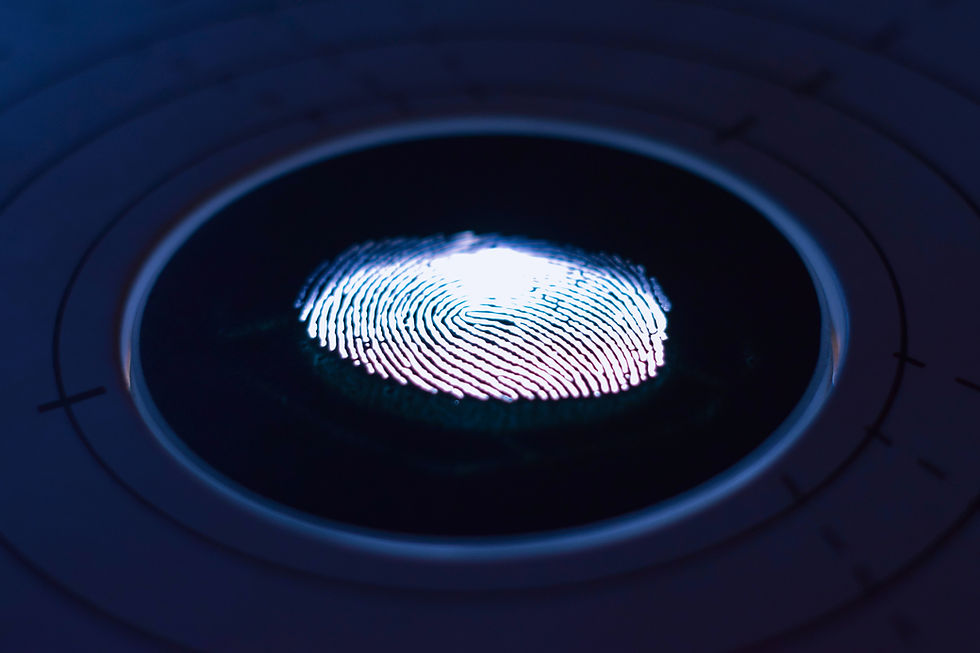Digital Security with Biometrics
- Maximage Data Systems

- Apr 3, 2024
- 2 min read

#Security in every sense is a term that will always have relevance in any aspect of our lives. When we talk about technological advances and what has been achieved through #digitaltransformation, security once again takes a leading role. In this aspect, what has been achieved in digital security with #biometrics is of utmost importance due to the advantages it represents:
1. Fast and accurate identification and authentication: Biological access codes cannot be forged, which means accurate identification and #authentication of the individual1. Facial or iris recognition is increasingly being integrated as part of the security process.
2. Liability: When there is accurate information about entry and exit, the company's responsibility is exceeded. In case of any unfortunate event, there is a better data-backed confirmatory test.
3. High efficiency: Biometric verification systems not only improve security, but also make the management of key functions easier and more efficient, such as monitoring workplace attendance.
4. Convenience: A key advantage of a biometric verification system is convenience. There is no need to reset passwords. Once the biometric test is activated, #fingerprint, iris and facial recognition are ready.
5. Expandability: One of the main advantages of biometric verification is expandability. These systems are very flexible and can easily accept additional employee data.
Biometrics are widely used because they offer two main benefits:
• Convenience of use: biometric data is always with you and you cannot lose or forget it.
• Difficulty of theft or identity theft: biometric data cannot be stolen like #passwords or keys.
Biometrics, although offering many advantages, also have certain risks:
1. Biometric data theft: If someone steals your biometric data, you can't change it like you would a password. This is especially concerning because biometric #data is unique to each individual.
2. False positives and false negatives: Biometric systems can generate false positives (incorrectly identifying someone as the correct user) and false negatives (not recognizing the correct user).
3. Algorithmic bias: Algorithms used in biometrics can have biases that affect their accuracy.
4. Biometric spoofing: Although more difficult to perform than password theft, biometric spoofing is possible.
5. Overconfidence: The convenience of biometrics can lead to overconfidence, which can result in fewer security precautions.





Comments